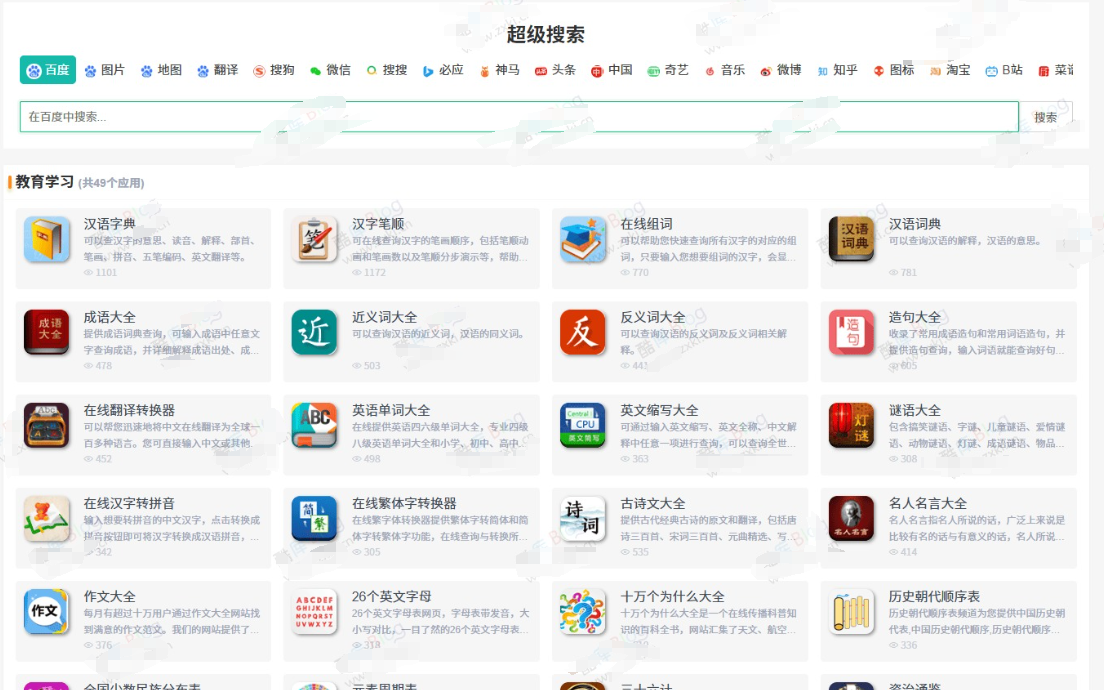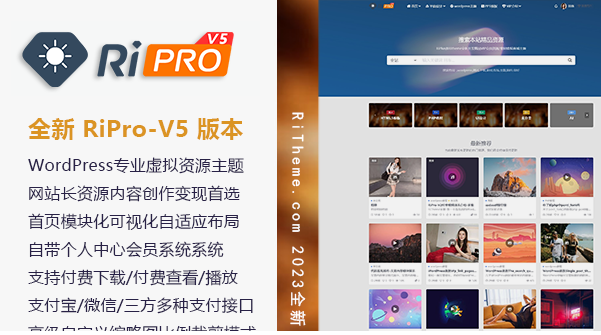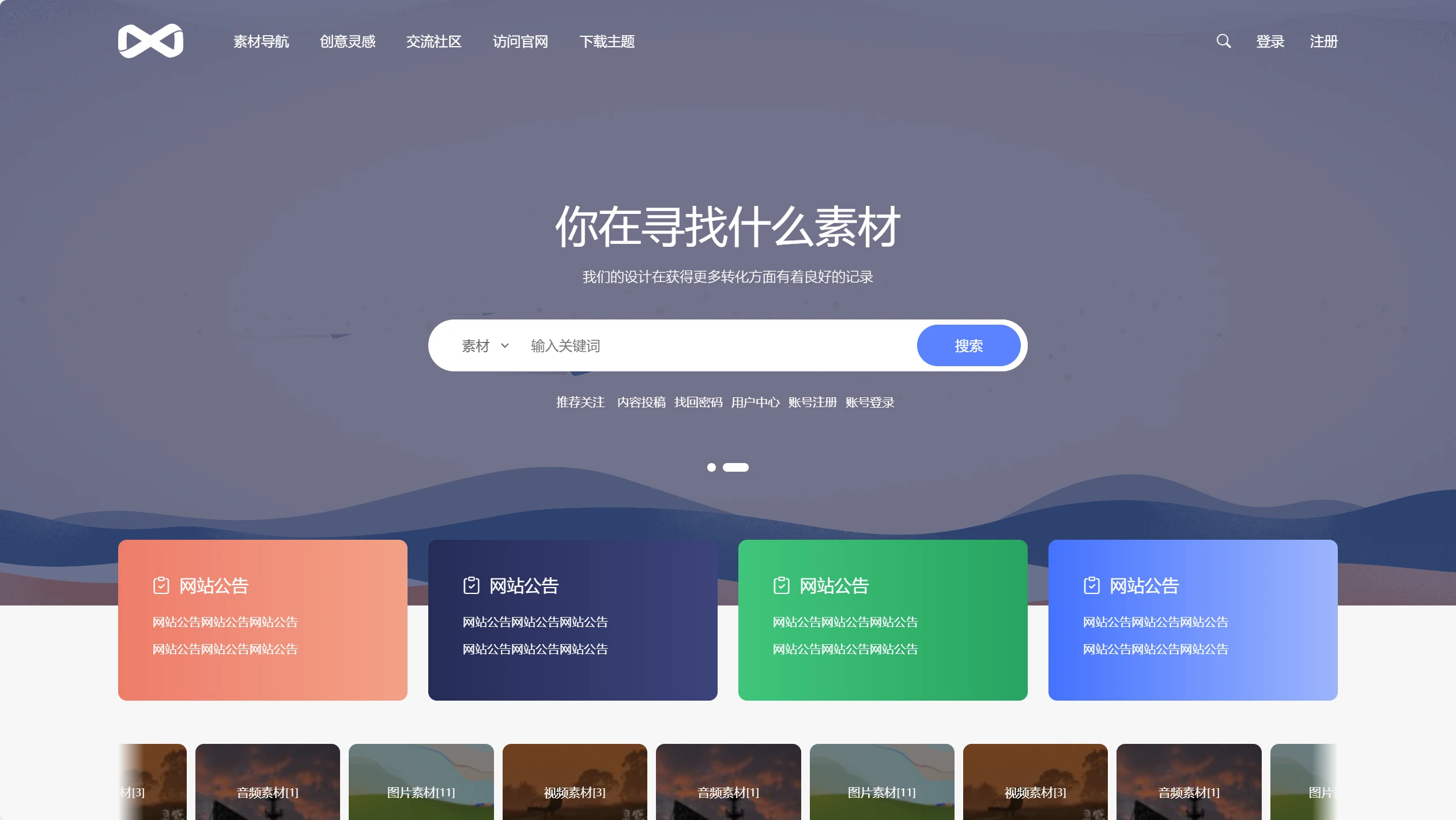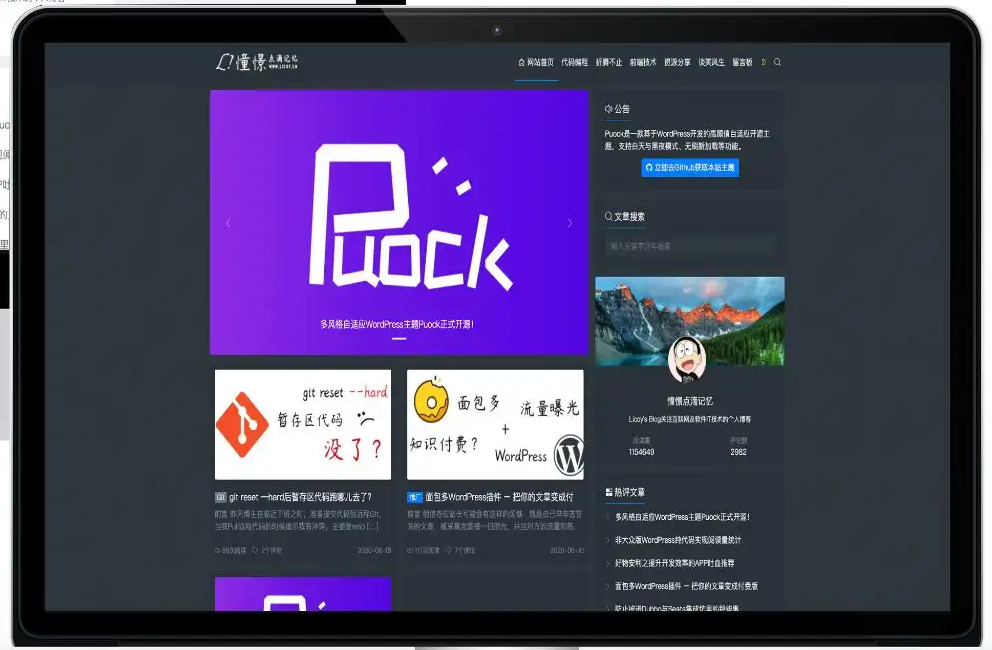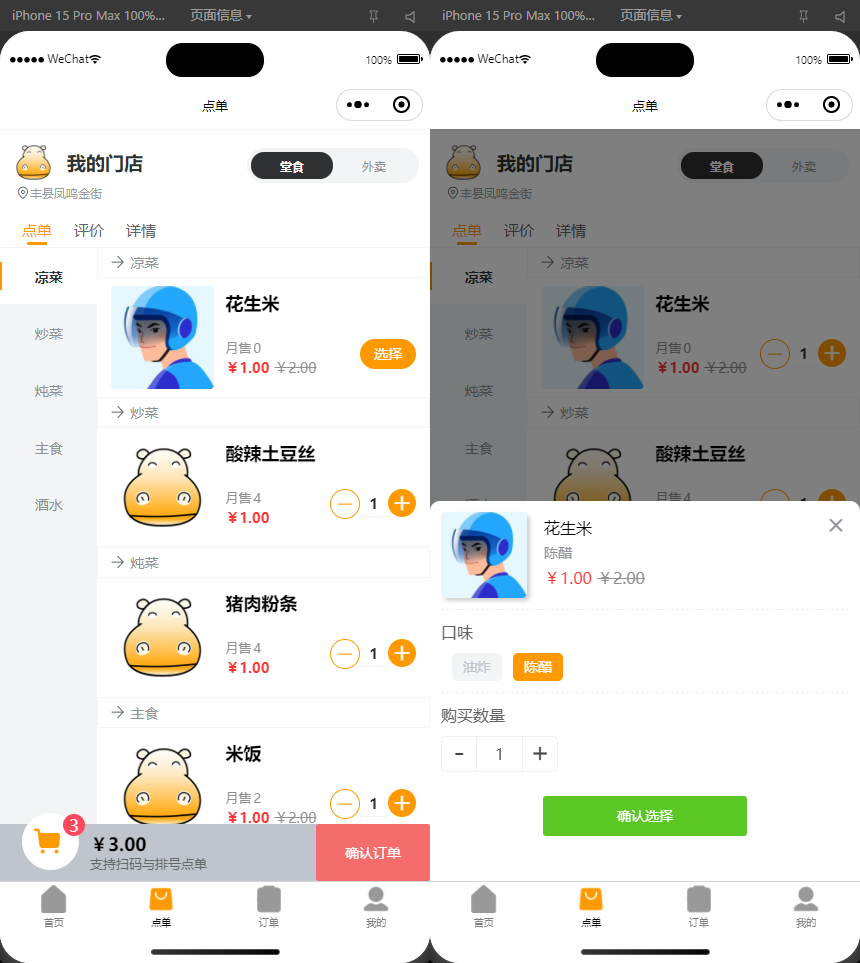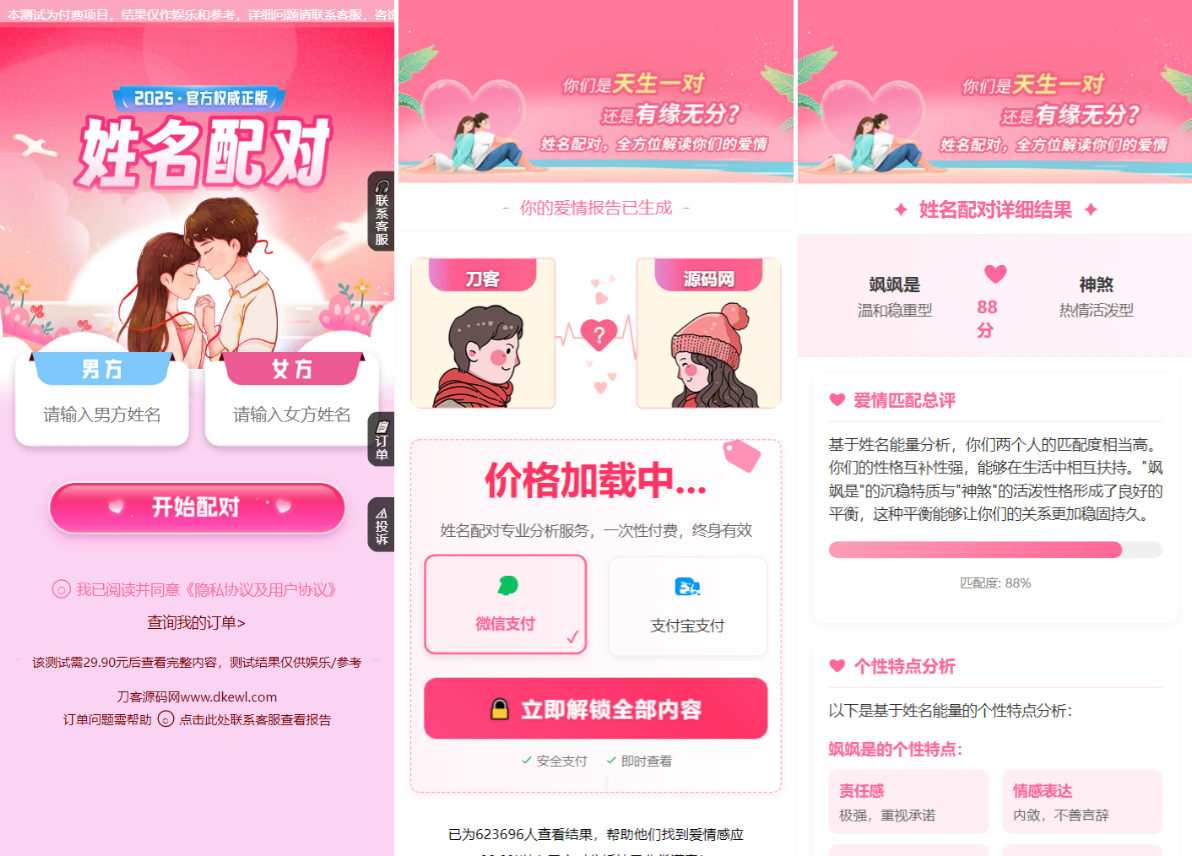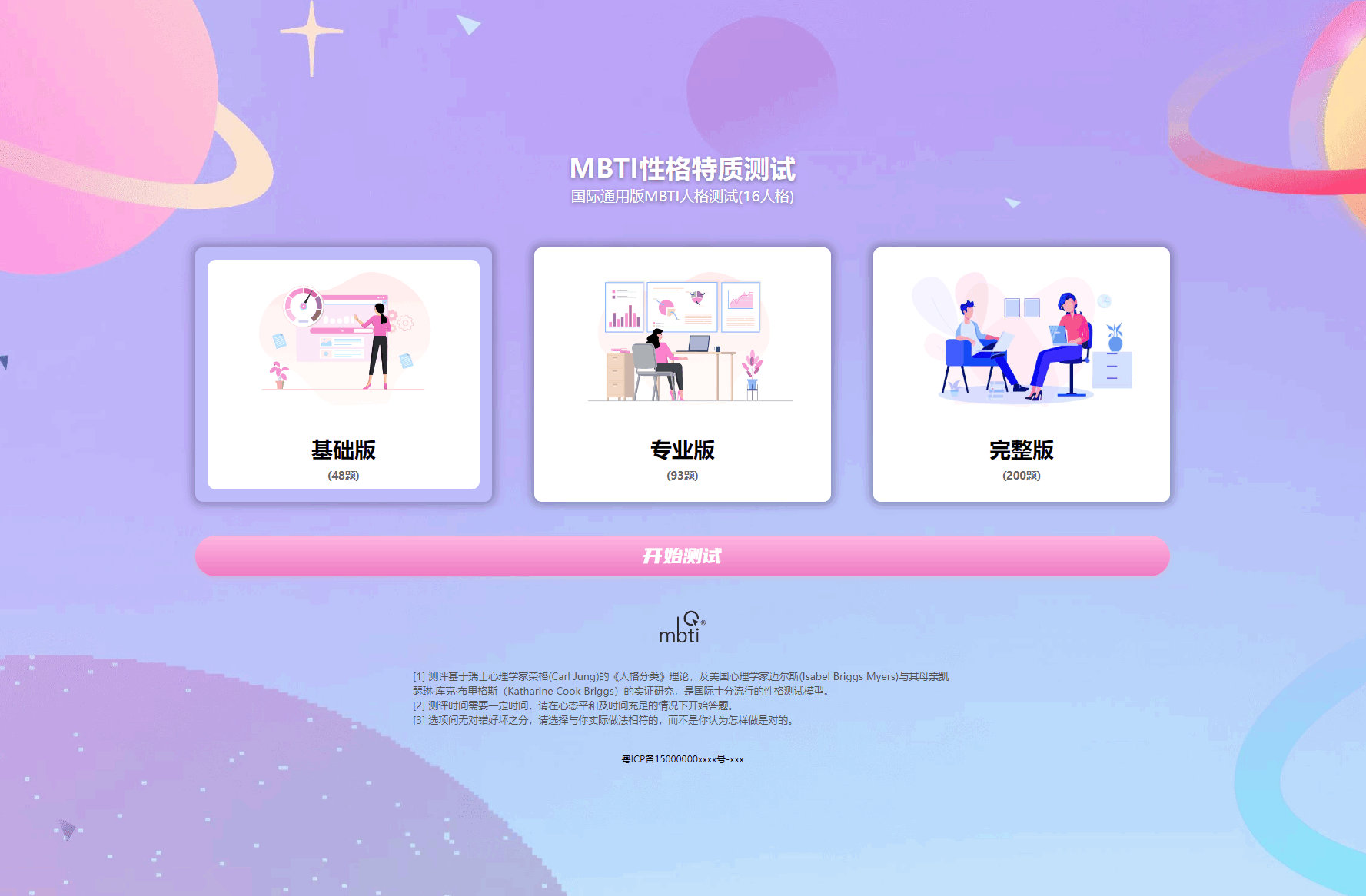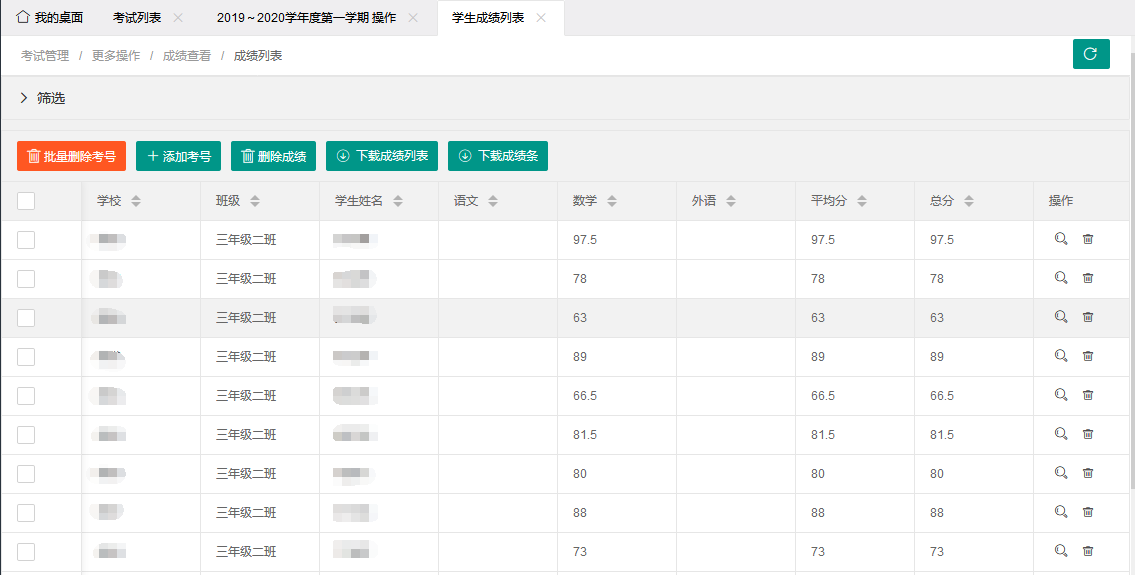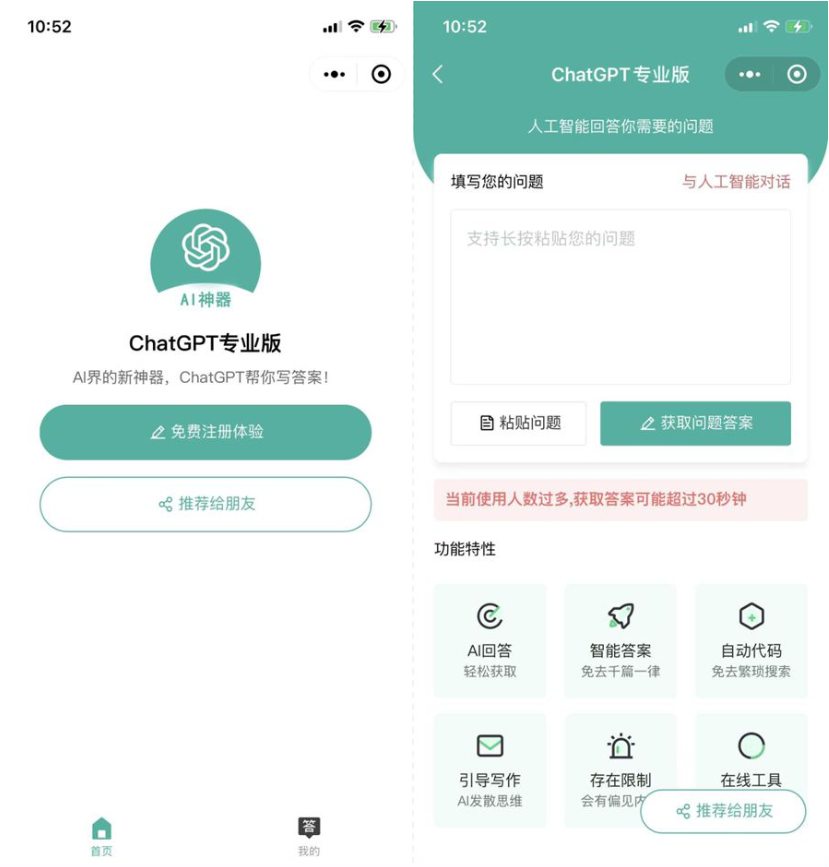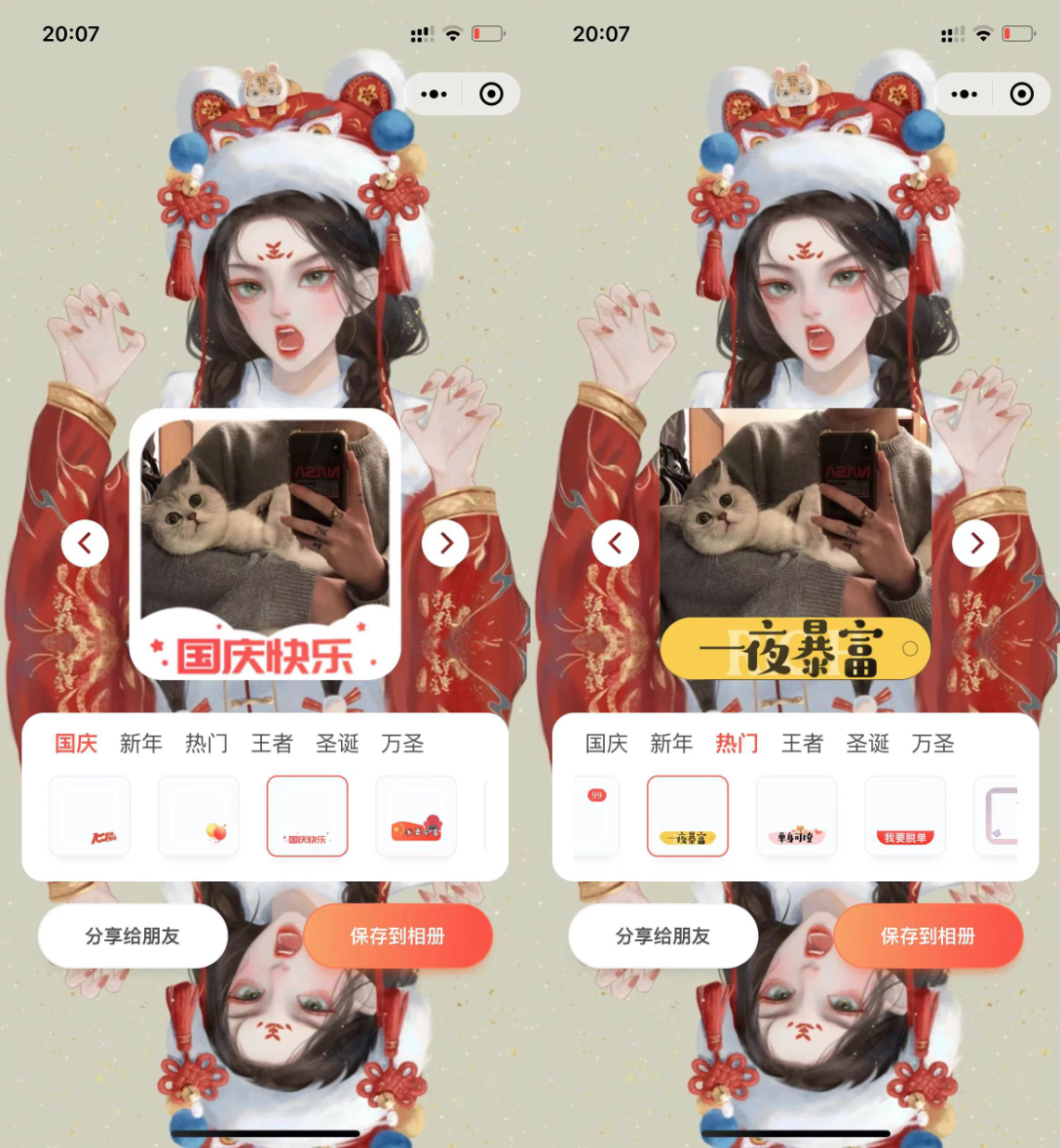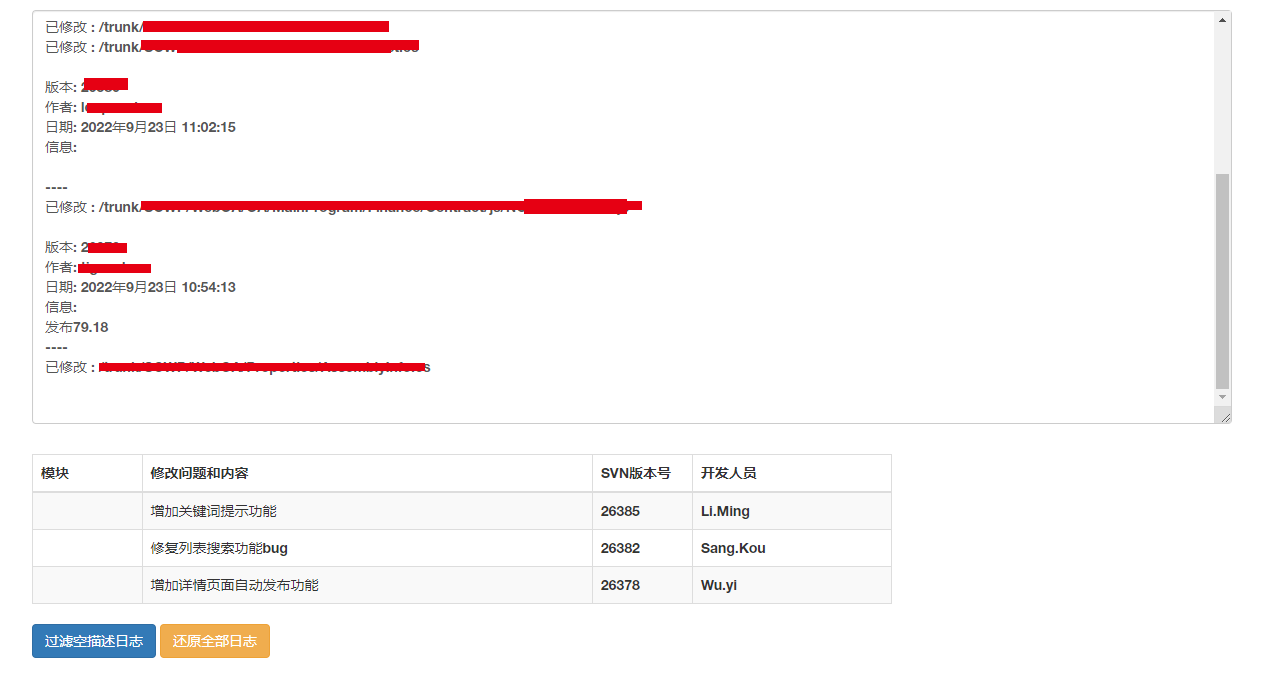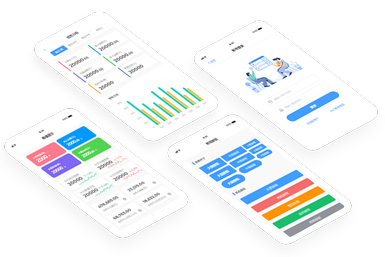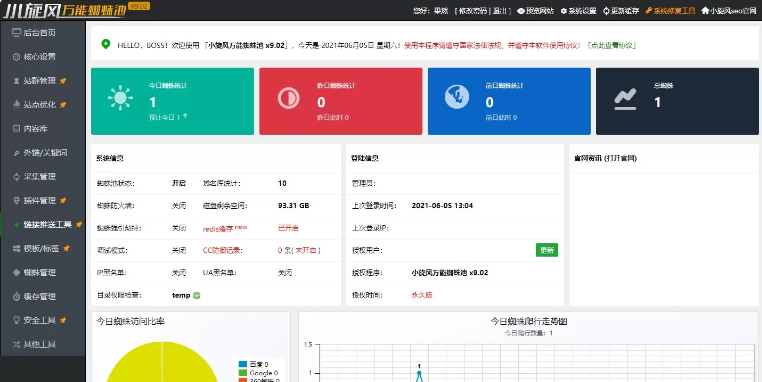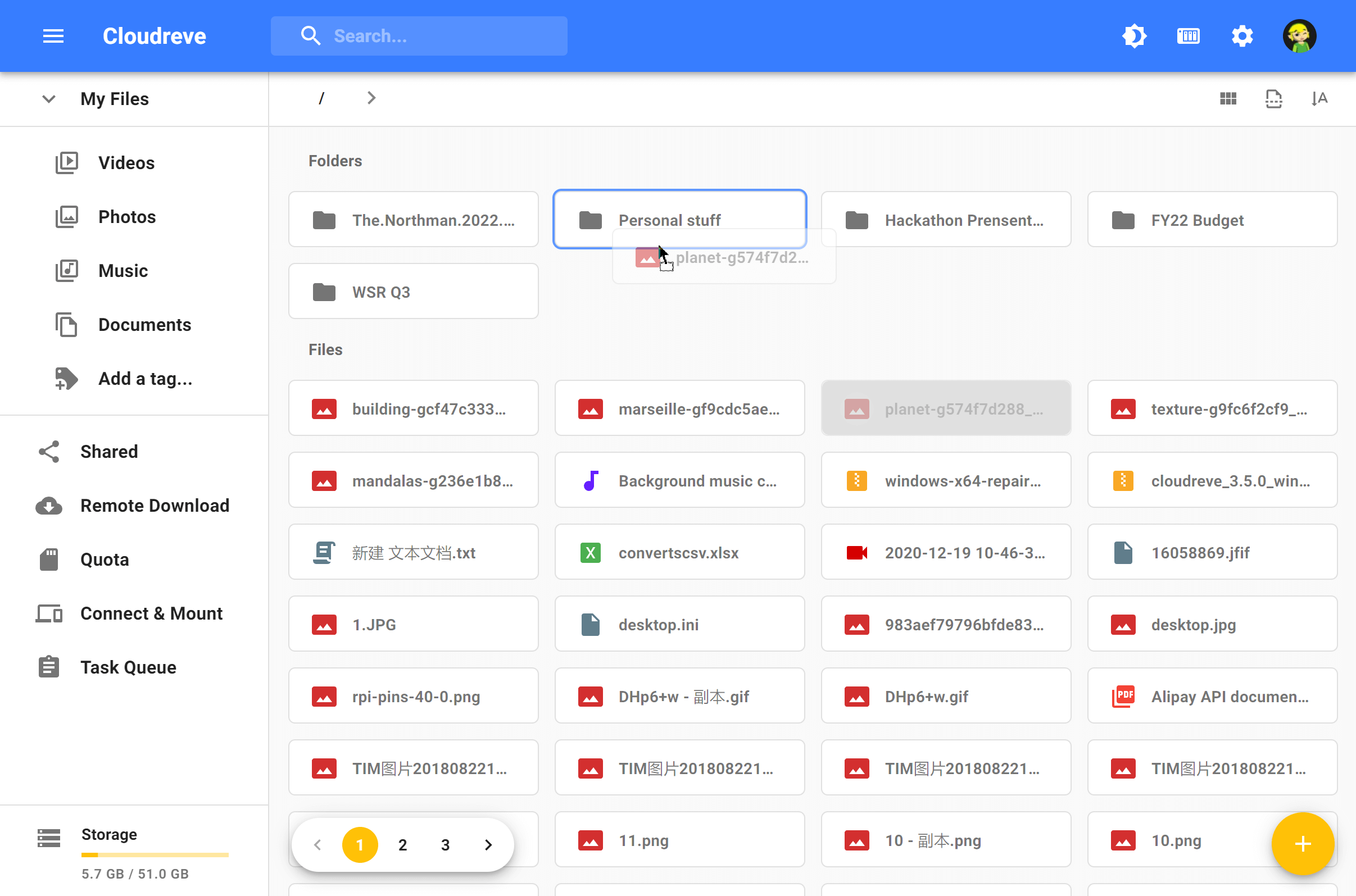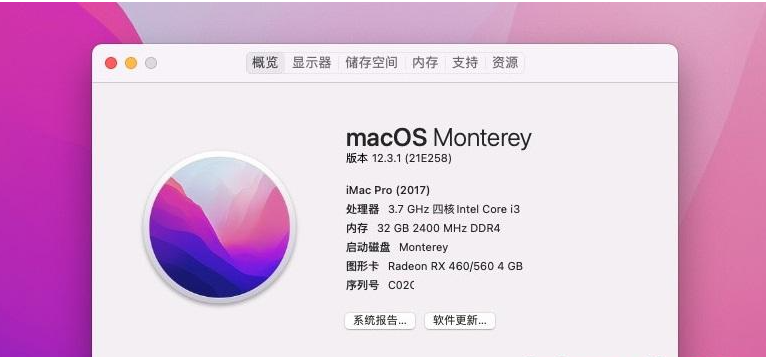这款s和css3局部3d幻灯片插件的灵感来自于Franklin Ta写的一篇文章,文章中他描述了如何使用脚本将嵌入在框架中的图形进行3d转换。
下面是第一个demo中如何在嵌入屏幕的手机界面中添加动画的css代码:
.mobile {
overflow: hidden;
position: absolute;
z-index: 100;
background: #333;
width: 320px;
height: 480px;
top: 200px;
left: 500px;
outline: 1px solid transparent; /* For Firefox (jagged edges bug) */
transform-origin: 0 0 0;
transform: matrix3d(0.846234173238242, 0.251585817964749, 0, 0.000085171934399447, -0.115203182108559, 0.800700357116676, 0, -0.000214263459947427, 0, 0, 1, 0, 23, 14, 0, 1);
}
例子demo中是简单的幻灯片,使用CSS animations来显示和隐藏图片,你可以自定义一些幻灯片过渡效果,例如使用Daniel Eden的animate.css。
下面是例子1中幻灯片自定义动画的代码:
.slideshow {
padding: 0;
margin: 0;
width: 100%;
height: 100%;
list-style-type: none;
}
.slideshow__item {
width: 100%;
height: 100%;
position: absolute;
overflow: hidden;
pointer-events: none;
z-index: 1;
transform: translate3d(-100%, 0, 0);
}
.slideshow__item.current{
pointer-events: auto;
z-index: 100;
transform: translate3d(0, 0, 0);
}
.slideshow img {
width: 100%;
}
demo2中使用了animation ,它的代码如下:
.slideshow__item.in--next {
animation: inNext 0.5s forwards;
}
.slideshow__item.out--next {
animation: outNext 0.5s forwards;
}
.slideshow__item.in--prev {
animation: inPrev 0.5s forwards;
}
.slideshow__item.out--prev {
animation: outPrev 0.5s forwards;
}
@keyframes inPrev {
0% {
transform: translate3d(0, 100%, 0);
}
100% {
transform: none;
}
}
@keyframes inNext {
0% {
transform: scale3d(0.5, 0.5, 1);
}
100% {
transform: none;
}
}
@keyframes outPrev {
100% {
transform: scale3d(0.5, 0.5, 1);
}
}
@keyframes outNext {
100% {
transform: translate3d(0, 100%, 0);
}
}
下面是所有4个效果的截图:
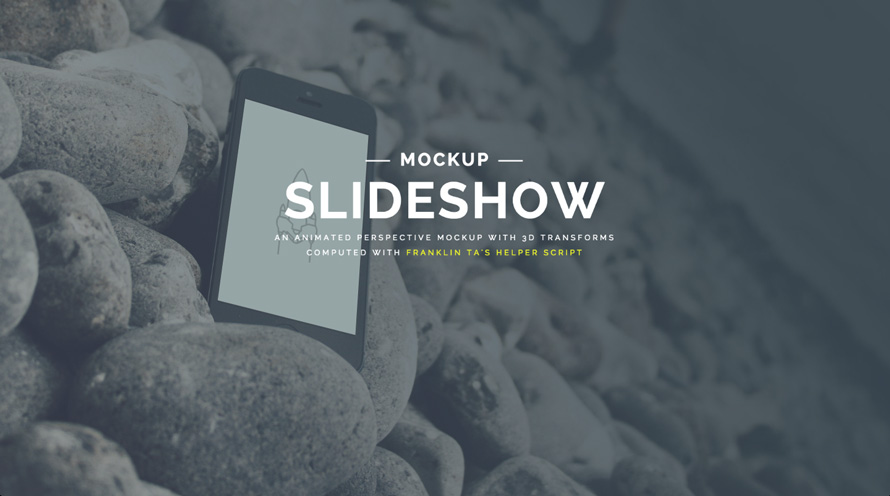
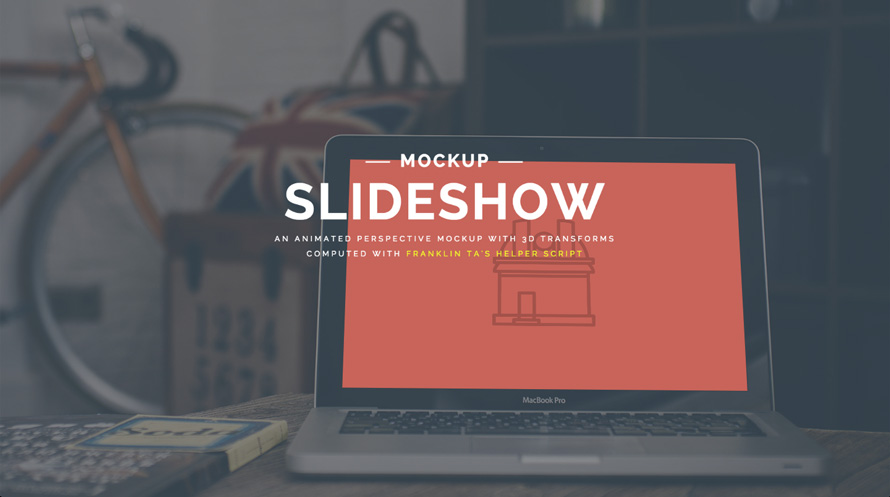


版权声明
版权说明: 仅限用于学习和研究目的;不得将上述内容用于商业和非法用途!否则一切后果自负。我们非常重视版权问题,如有侵权请邮件至(171373236#qq.com)与我们联系处理,敬请谅解!




